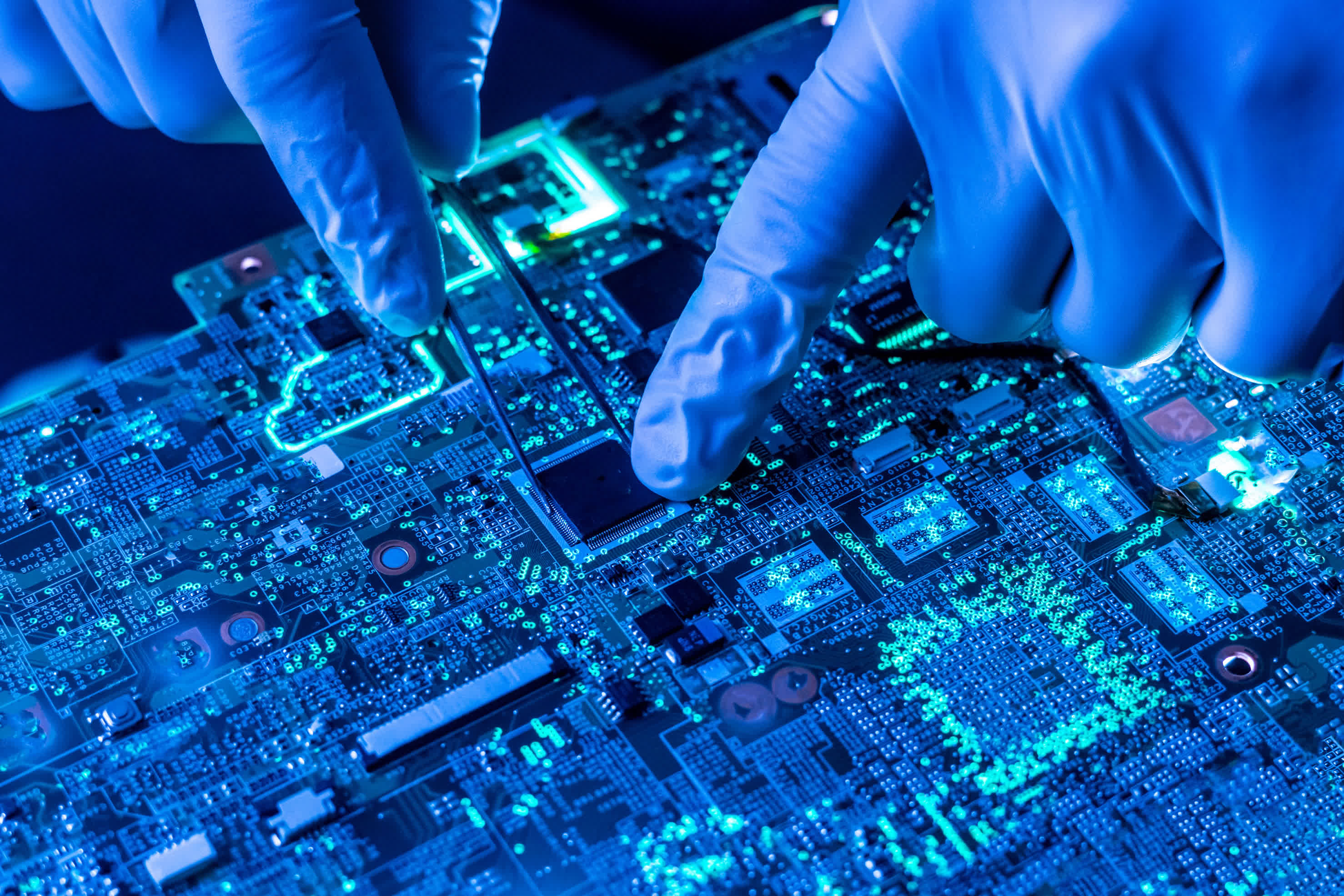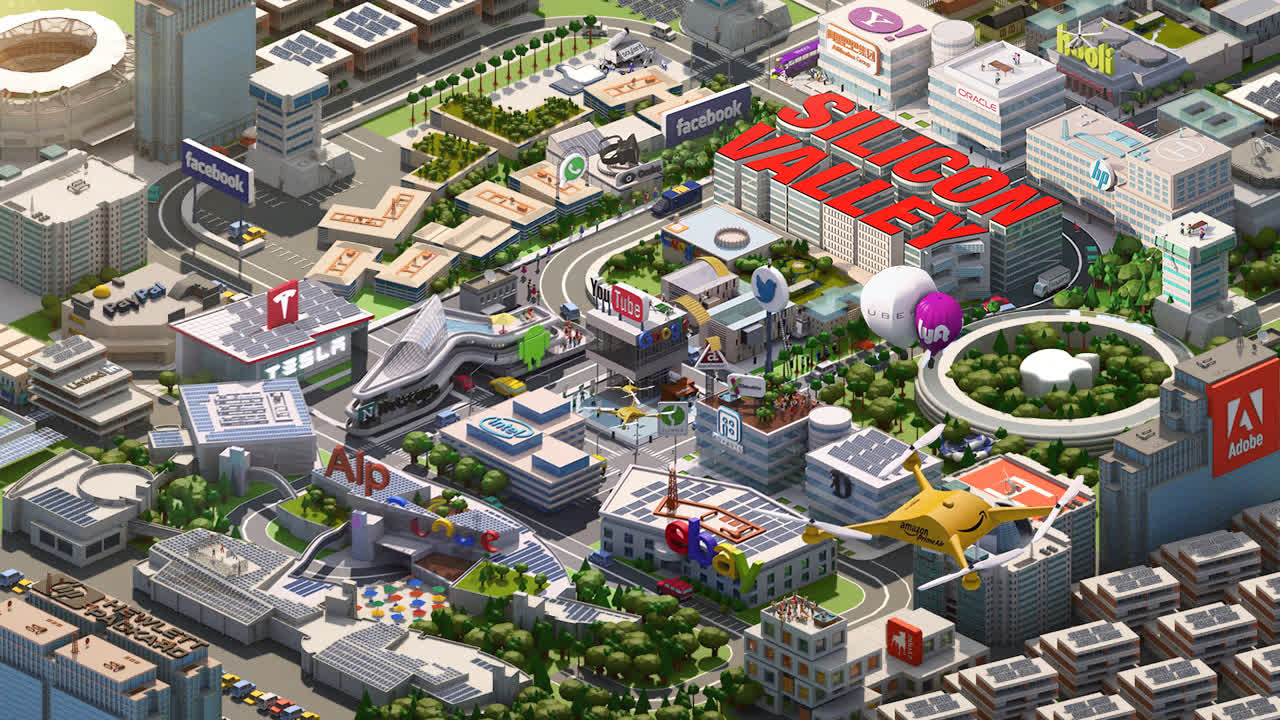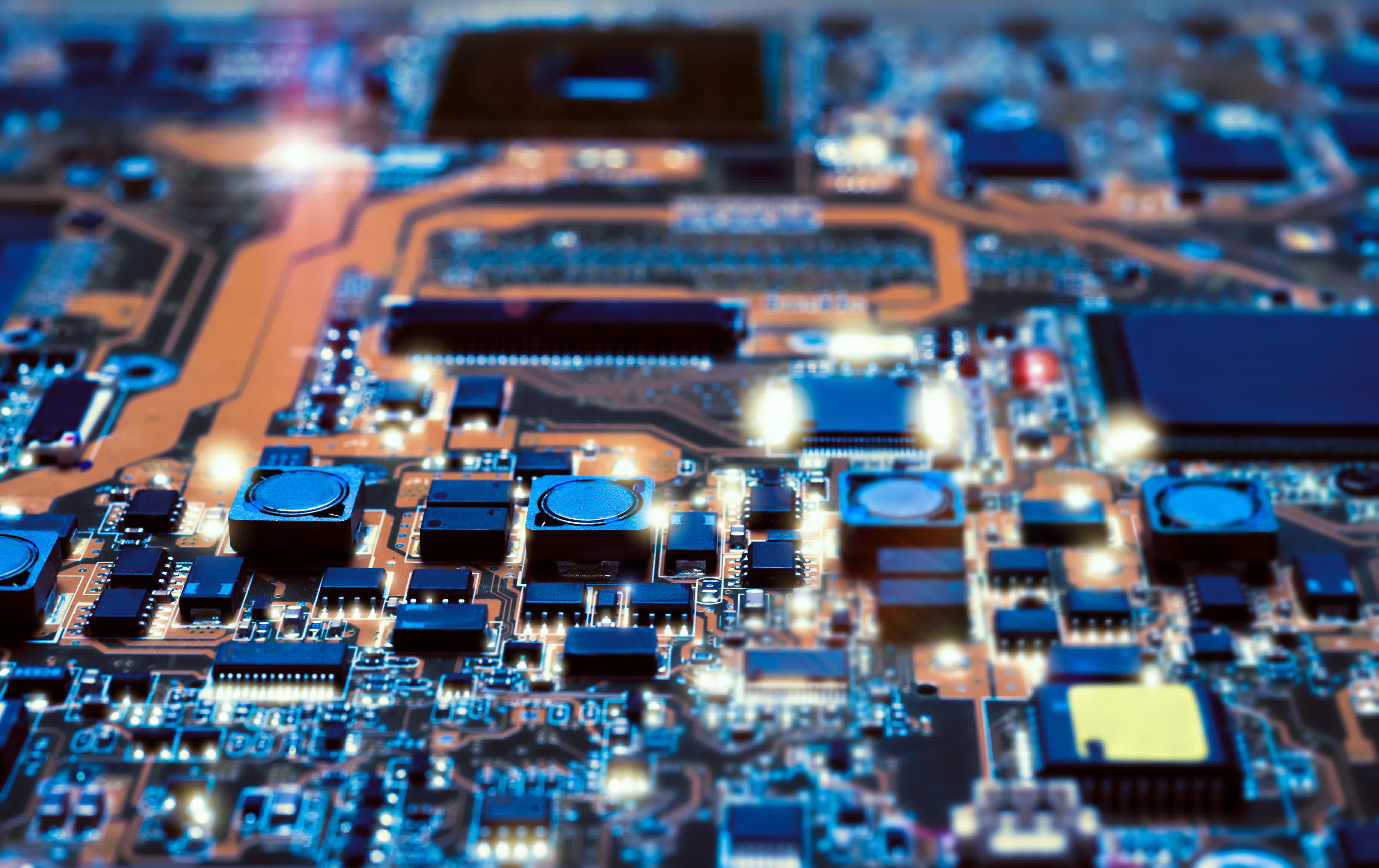
We work with a lot of software companies, the world seems to love them. There are 1,000 VCs in the US and they all seem enamored of investing in software companies. The benefits are clear. They do not need a lot of capital to get to revenue, with big cash infusions really only needed to fuel growth, making this a highly capital efficient model.
Editor's Note:
Guest author Jonathan Goldberg is the founder of D2D Advisory, a multi-functional consulting firm. Jonathan has developed growth strategies and alliances for companies in the mobile, networking, gaming, and software industries.
By contrast, it can cost a few hundred million just to get a chip to first revenue. Enterprise SaaS does not need inventory, or really much in the way of working capital. But build a gadget or a chip, and you need a few thousand, hundred thousand, million units just to get your first orders. For many venture investors, seeing all their dollars spent before the product can even be tested makes hardware seem like a bad bet, especially in a world where minimum viable product can be whipped together over a weekend by people with no coding skills. Hence, of those 1,000 VCs, maybe 10 will even look at hardware.
But all this may be changing, for both structural and cyclical reasons.
First, as much as hardware has fallen out of fashion, this model offers some big advantages. Chief among them monetization. Software can sell for $100/month, Life Time Value of many software products is a few thousand dollars (obviously it can be much more in enterprise SaaS). By contrast, prices for hardware tend to be much higher – a high end CPU or GPU can reach $10,000 a chip even in normal times. Of course, this is an apples to oranges comparison, and it is not entirely that simple.
But since we are talking about apples... Apple products are different and better because of their software. Apple -- with all its focus on User Human Interfaces is really a software company, but it monetizes that software with hardware. If Apple sold the iOS operating system, how much could it charge? Its chief competitor Android is free (sort of), so probably not a lot. By contrast, the average iPhone price is something like $600 or $700. If done right, hardware monetizes better than software.
Then, if we look at where we stand in the investment cycle, there are several reasons why hardware is starting to look a lot more attractive.
First, venture valuations for software companies are through the roof, especially the early rounds. Those 1,000 software-only VCs have bid up the market considerably. It is also getting much more expensive to invest in software. By contrast, the upfront capital requirements for a hardware company have fallen significantly. We know chip companies that can get to production for $5 million, with teams of 20 or less. And there is much less froth in valuations.

Admittedly, getting a chip into production can cost $20 million to $50 million, all of which goes to the foundries, IP licensees, EDA tools, and other outside parties. That being said, how different is that from an enterprise SaaS company? They may have a good product which shows traction, but to grow the company from that point to an IPO will cost $50 million and up to build an enterprise sales team. Scaling a hardware company and scaling a SaaS company require similar amounts of capital. Put simply, software can be just as capital intensive as hardware.
The only big difference is that software companies can win customers and demonstrate traction with a real product much earlier than hardware companies. But even here, the difference is not that great. For a software company to make the transition from small to big is immensely risky, filled with execution risk on every front – and many do not make the transition.
Slack made it to IPO, Yammer did not, and even Slack did not last that long as a public company. By contrast, chip companies that execute well can bring a chip to production with a fairly high degree of confidence that the product will work, and the design timelines are long enough to gauge real interest from customers. So the difference here is one of customer planning, timing and design methodology – a.k.a. management. And this is a risk that venture investors are highly capable of assessing and managing.
There is no question that hardware investing carries a very different risk profile than software investing. And of course, there is still immense value in software startups. But the scales are tipping. So much of technology operates on a pendulum, and that is now tilting steadily back towards a world with much more balanced returns for hardware.
Now let's add some math...

There is no question that starting a software company from scratch is easier than starting a chip company. One person sitting in a basement, or two people in the proverbial garage, can put together a software product in a weekend and then bootstrap it to growth and customer traction. But that is only part of the story.
Taking that interesting product and building it into a viable commercial entity capable of generating venture-sized returns costs a lot more money. Money for building an enterprise sales team, money for growth hacking consumer users and all the other functions.
By contrast, getting a semiconductor from a good idea on a napkin to a fully designed product requires a fairly substantial team. That being said, we know companies that have gotten to that point with a few million dollars of seed funding, and a team of less than twenty. This is something that was not possible even ten years ago, but there is sufficient talent available that these kinds of development cycles are now possible.
At this point, semis do get expensive. It can cost $50 million to $100 million more to get a chip from design to tape out to volume production. However, semis have an advantage here (or more of a bug that can be a feature in the right light). Designing a chip can take a year or so, and that allows enough time to solicit input from customers. A tightly run chip startup can hold off on production until they have a fairly high degree of confidence, in the form of solid orders from paying customers. This means they can build a sales pipeline with a much smaller sales force.
In the end, both semis and software companies need comparable amounts to reach scale.
Let's look at this from the perspective of a venture investor. A software company can get started with $1 million, and take that to minimum viable product. At that point, they can take a Series A of $10 million to build out the product. If that is sufficient to demonstrate product-market fit, they can then raise $20 million to build out a real company. But here it starts to get more expensive. Companies raising a Series C to build out consumer growth or enterprise sales are raising $100 million to $200 million rounds. The ease of starting a software company means that there are a lot of them out there, so competition can be fierce. How many CRM companies are out there already? How about accounting software? How to differentiate in these markets? It takes a lot of capital to stand out. Adding all that up, our hypothetical company needs $231 million.
The pattern for a semis company is different. That seed round looks more like $5 million. That can be enough to get the design ready for tape out and land an initial customer. Going into production will take another $30 million for IP licenses (like Death and Taxes, these are hard to avoid) and another $50 million for production. Then the company needs to foot the bill for building inventory and getting the chip to customers, say another $75 million, for a total of $161 million.
Both companies are now at the stage that they can see what their true commercial prospects are, and outside investors can start to think about exits. Let's say the software company is a huge hit and can go public at $10 billion, and the chip company at $2 billion. The software company looks like a better bet, $10 billion on $231 million is a 43x return, while the chip company is 12x. But there is a big difference, at every funding round the software company is able to raise at a higher valuation multiple, which means the venture investor ends up with a smaller stake.
After all that dilution, the venture investor in software is going to end up with close to a 10% stake in the company, while the semis investor is likely to hold closer to 35%. That means the cash returns to investors in the software company are getting a 4x return, while the semis investor is getting a superior 5x.
Obviously, the numbers on this can vary all over the map, but the underlying point remains, and we have seen many examples that hue fairly close to these figures.
After a decade of "Software Eating the World", valuation expectations for software companies have gotten heavily inflated, with the opposite true in semis. We would also argue that the returns at the semis companies are more heavily leveraged to capital, with a small increase in capital capable of delivering greater returns. If an enterprise software company adds five salespeople to an already large team their incremental value is fairly minor. By contrast, adding five sales people to a semis company can double or triple the size of the team, with commensurate returns. We would also argue that our math is overly conservative on many fronts such as the ultimate exit multiples.
Software companies at scale can be just as capital intensive as semis companies. If we then factor in the big mismatch in valuation at every stage of the venture process, it is clear that there is a big opportunity in semis venture investing.
https://www.techspot.com/news/95937-hard-vs-soft-software-may-eating-world-but.html